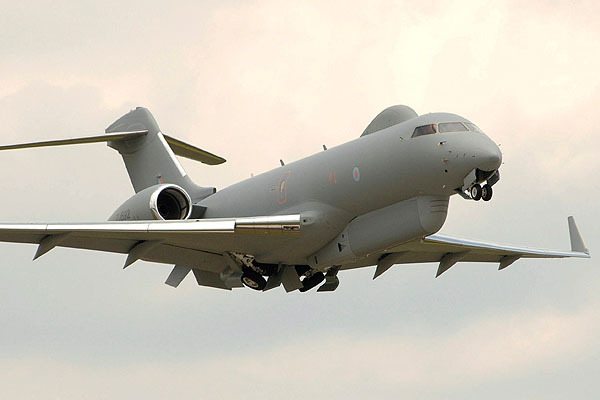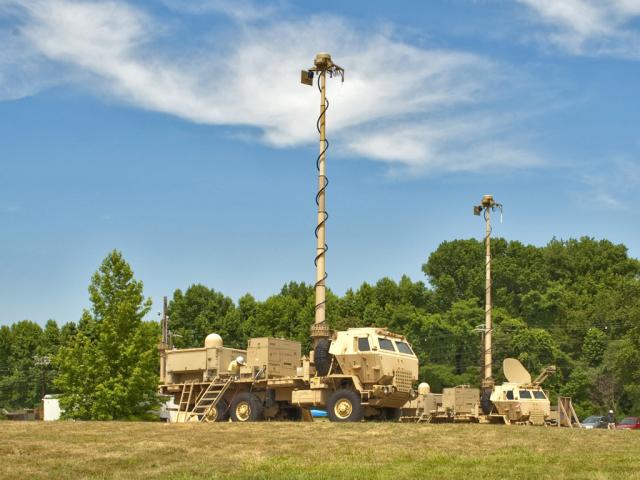When UN Security Council resolution 1973 was declared to establish a no fly zone over Libya the RAF’s Intelligence, Surveillance, Target Acquisition and Reconnaissance (ISTAR) aircraft moved quickly into action in the region. The ISTAR squadrons, which are normally based at RAF Waddington in Lincolnshire, adroitly changed tack from Operation Deference supporting the evacuation of foreign and UK nationals to Operation Ellamy to support the enforcement of a no fly zone in Libyan airspace.
One such ISTAR squadron now heavily involved in enforcing the UN mandate is RAF Waddington’s No: 5 (Army Cooperation) Squadron, which flies the state-of-the-art Sentinel R1 aircraft. Within 24 hours of combat operations commencing in the no fly zone the Royal Air Force Sentinels began to play their part by using their sophisticated array of sensors to surveil and acquire ground targets in Libya.
Highly skilled sensor operators on board the aircraft analyse data and imagery and can find a “needle in a haystack”. A Sentinel Image Analyst recalled her thoughts of one mission she had last week when she had been tasked to watch ground activity in a region of Libya, “You learn to discount what is normal. I knew what our target was when we started looking through that area. It just looked out of place; it shouldn’t have been there. And when I looked in I was sure of what it was.” The information was passed via an RAF Sentry E-3D AWACS aircraft where fighter-controllers on board gave the job of investigating “what it was” to one of the fast jets policing the skies. It was a missile system, which was promptly destroyed.
Unlike the Op Herrick counterinsurgency operations in Afghanistan the situation in Libya is much more an air-centric operation. For 5(AC) Squadron’s boss, Wing Commander Rich Barrow, the Sentinels’ work in Libya is proving every bit as valuable as its continuing commitment to Op Herrick. He sees a clear need for such capability in the UK armed forces wherever they might be operating. “It’s likely that we’re going to be operating in ‘unusual’ situations. The use of ISTAR and intelligence in particular to try and understand those situations, to gain insights into what’s going on on the ground is absolutely essential. Only with that can we go in with the confidence that we are doing the right thing and ensuring the right outcomes.”











